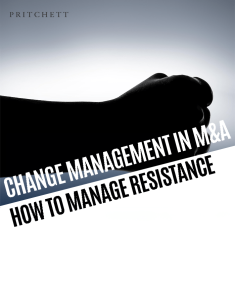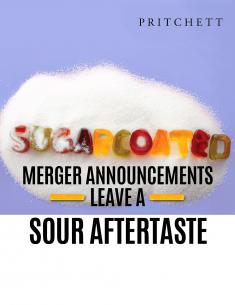What sort of push-back is predictable in an M&A integration? How much resistance is “reasonable”?
If you have a reliable frame of reference, you can put things into perspective. Knowing what’s “normal,” you’ll have a better feel for how you should react to the particular situation facing you. So let’s look at the typical scenario.
We’re dealing in generalities here, but the breakout usually goes about like this.
Some 20 percent of the people in the acquired company are “merger-friendly.” They’re clear advocates who willingly embrace the combination. You can depend on them to help drive the program. Another 50 percent of the folks sit on the fence. They assume a so-called neutral position, trying to figure out which way to lean. They’re not necessarily hostile to the merger, but they’re not helping like they should. The remaining 30 percent are the resisters. They’re antagonistic toward combination and often deliberately try to make it fail.
Guess which group makes the most noise? And who do you think soaks up the most management time and energy during the integration?...





